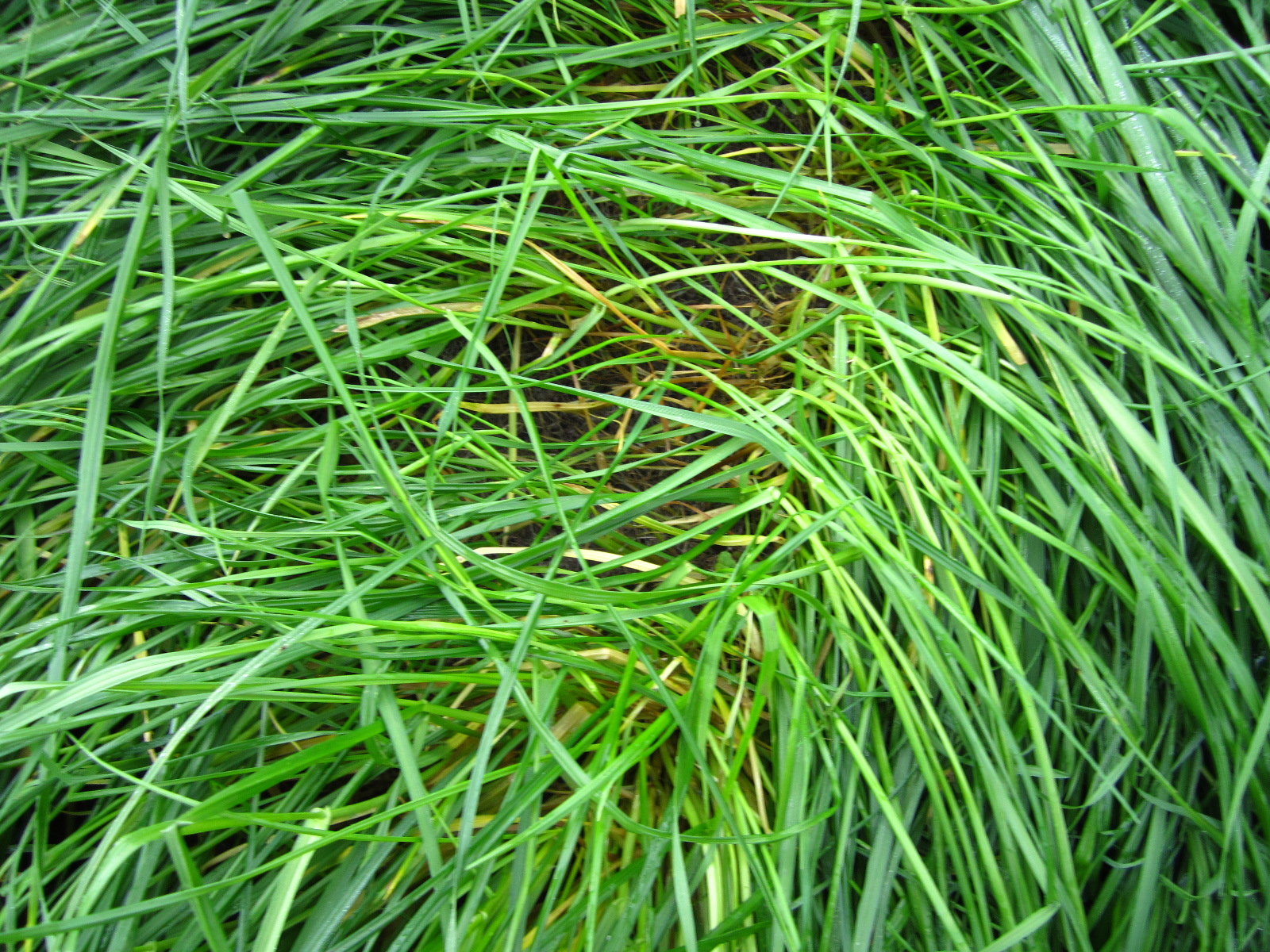Spring growth: Don’t get caught out!
Is there really such a thing as ‘too much’ grass in spring? Sometimes, the answer is yes.
One of the benefits of new-generation perennial ryegrass pastures – especially with a game-changing cultivar like Tyson – is more leafy green growth on the shoulders of the season, in this case early spring.
That means more feed when you need it most, for all classes of stock.
Sometimes it also means more feed than you expect!
Both Tyson and Trojan ryegrass can take off in mid spring and catch farmers out with their production, because they’re capable of growing significantly more DM/ha/day than old grasses like Nui.
Most paddocks are set stocked for lambing and calving, so it’s important to watch stocking rates over this time and as you get into the second half of spring make sure pasture covers don’t get too high.
In early spring, target minimum covers are 1200-1300 kg DM/ha for single bearing ewes, and 1500-1800 kg DM/ha for multiple bearing ewes or beef animals.
Because of its breeding, Tyson will take off earlier than Trojan, but as growth rates climb through November both can get too long surprisingly quickly if given the chance.
Keeping them under control will ensure valuable clovers retain access to sunlight and don’t get shaded out.
It will also enhance pasture quality and feed conversion efficiency. The lower the quality of your pasture, the more animals have to eat to obtain the energy required for growth.


